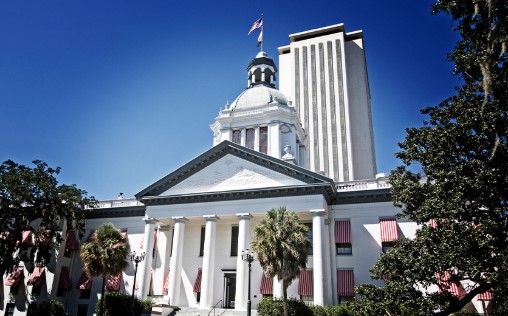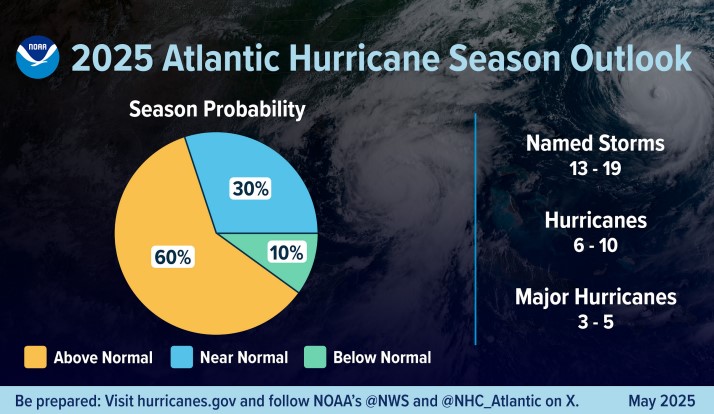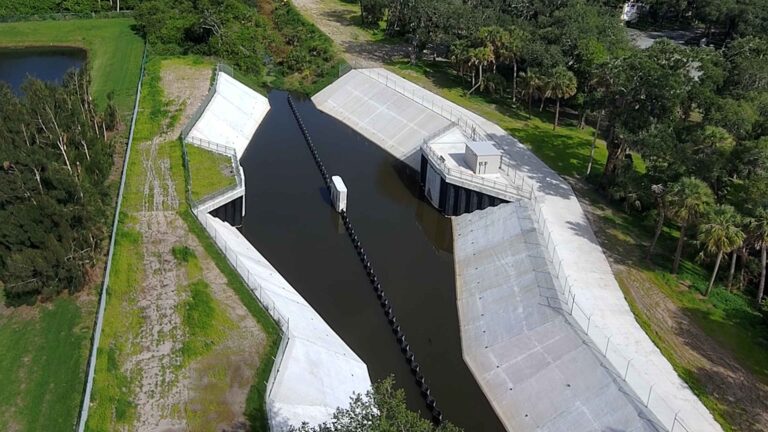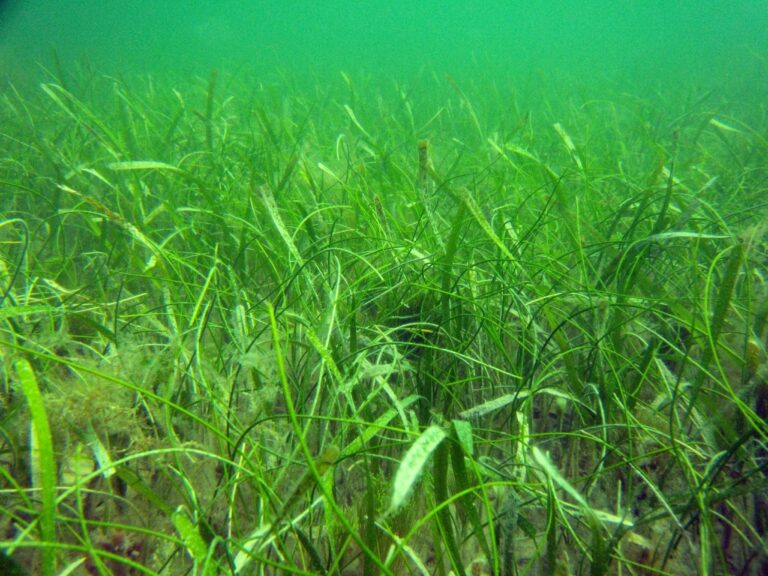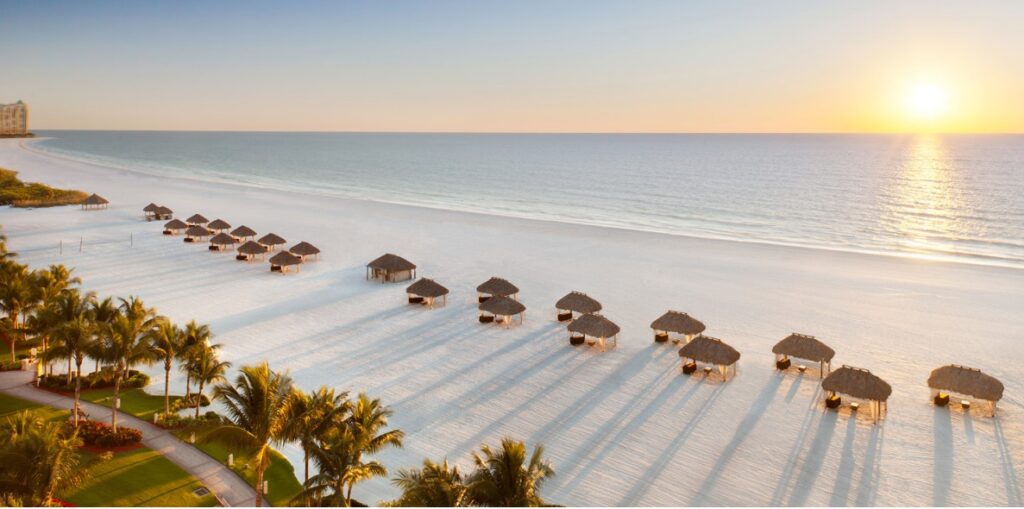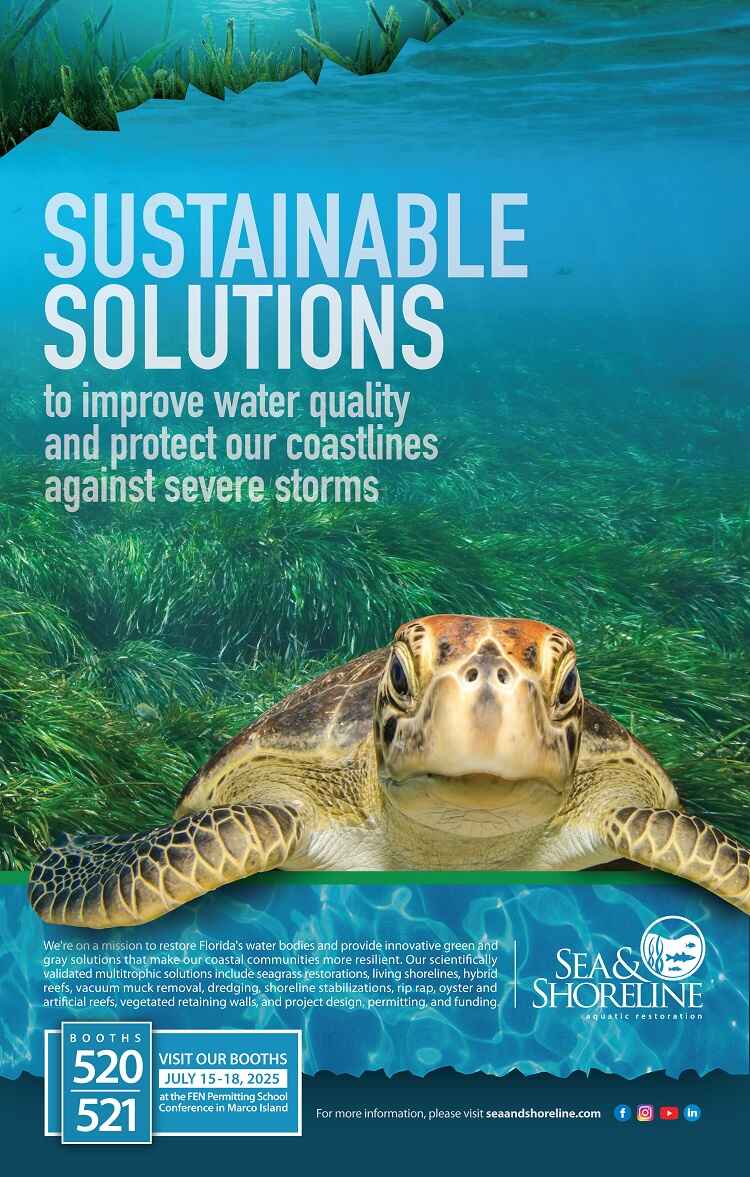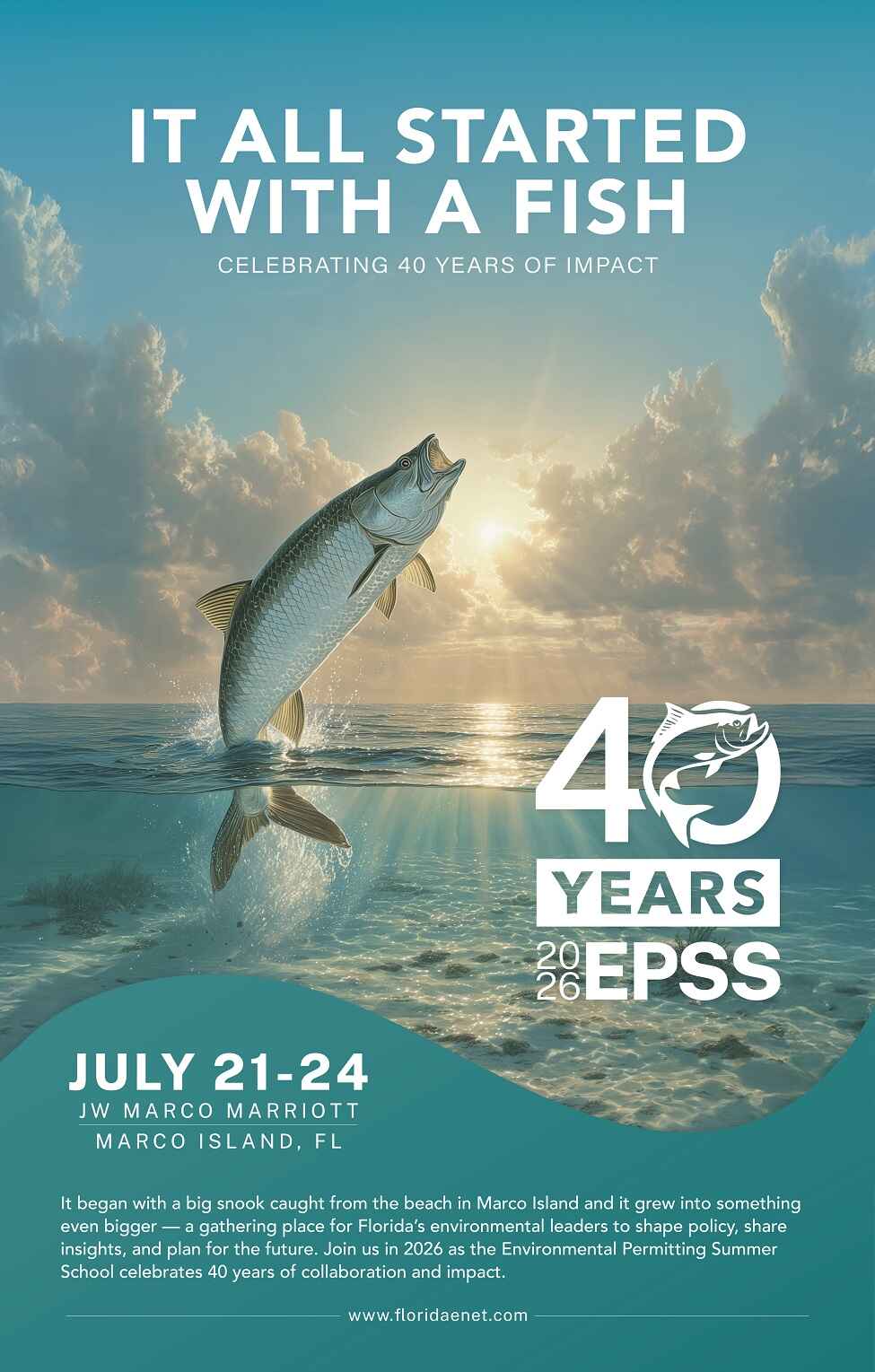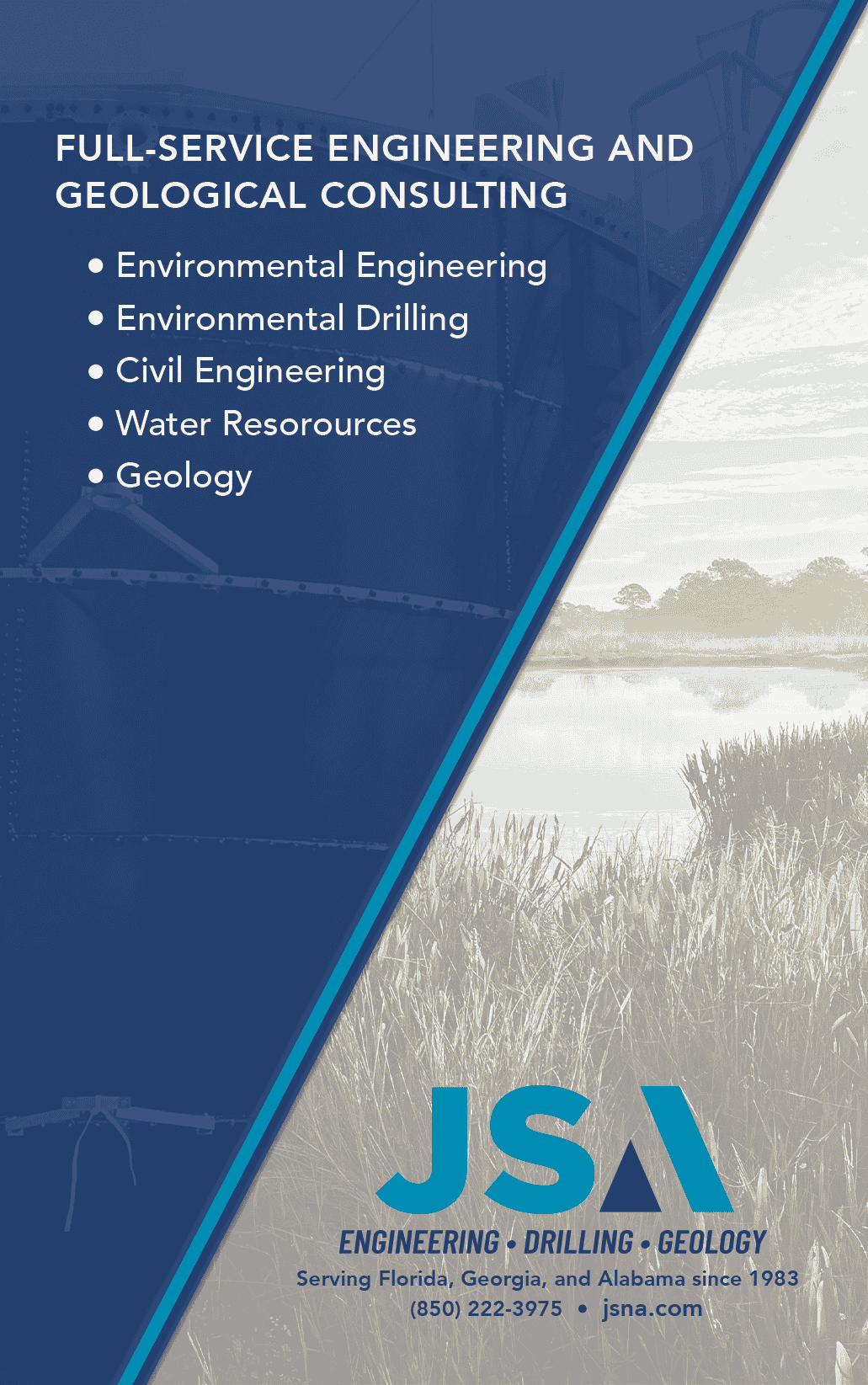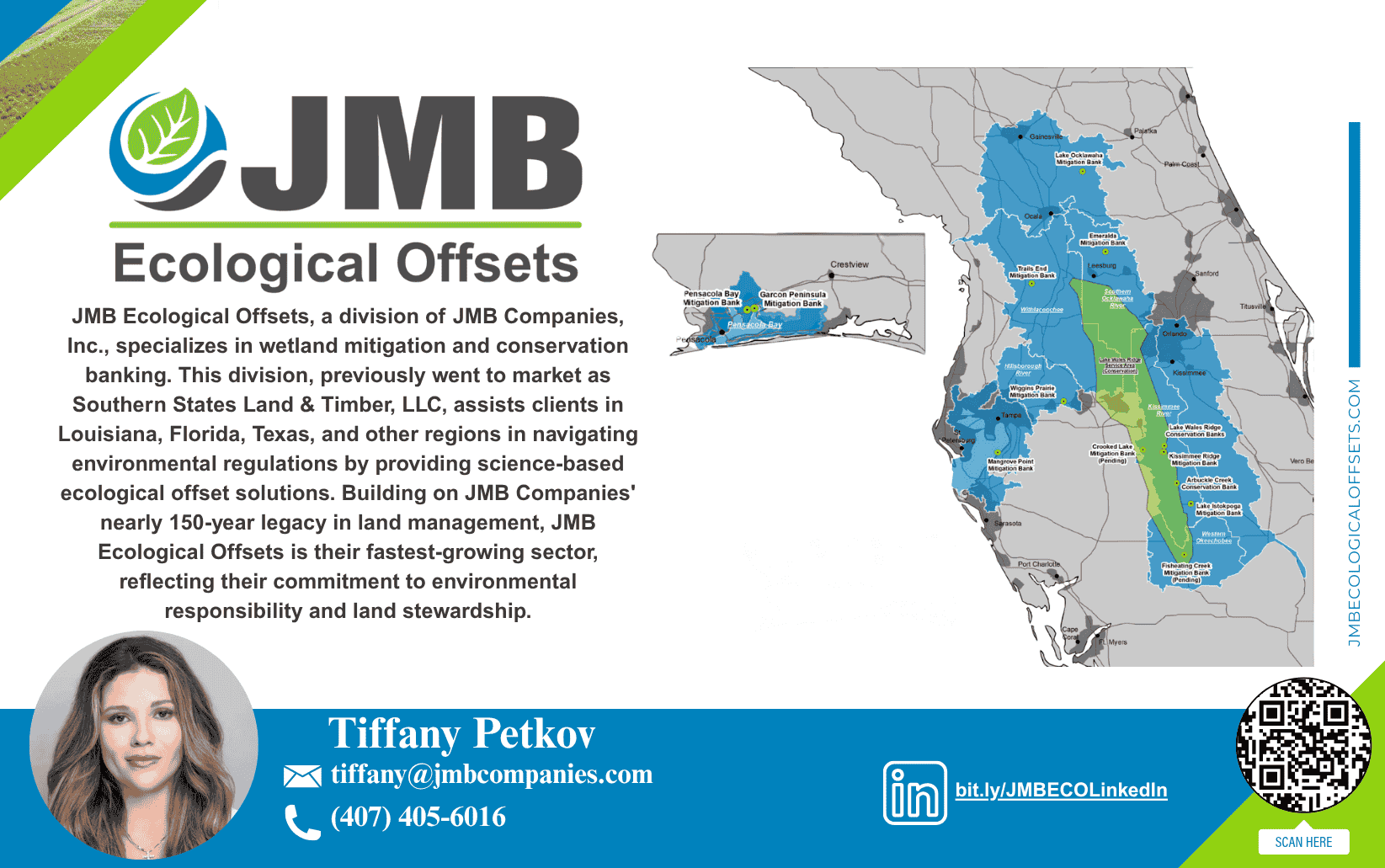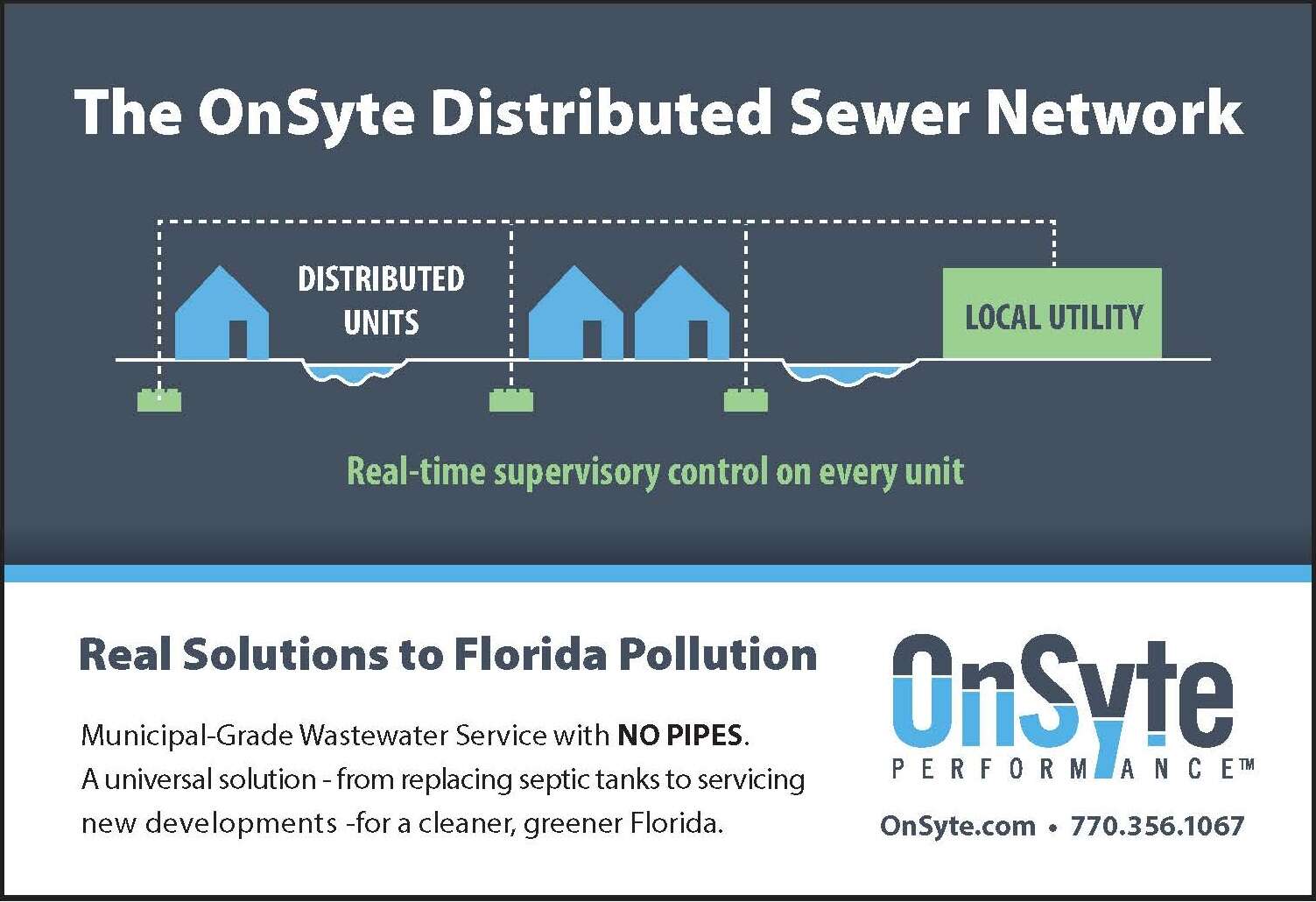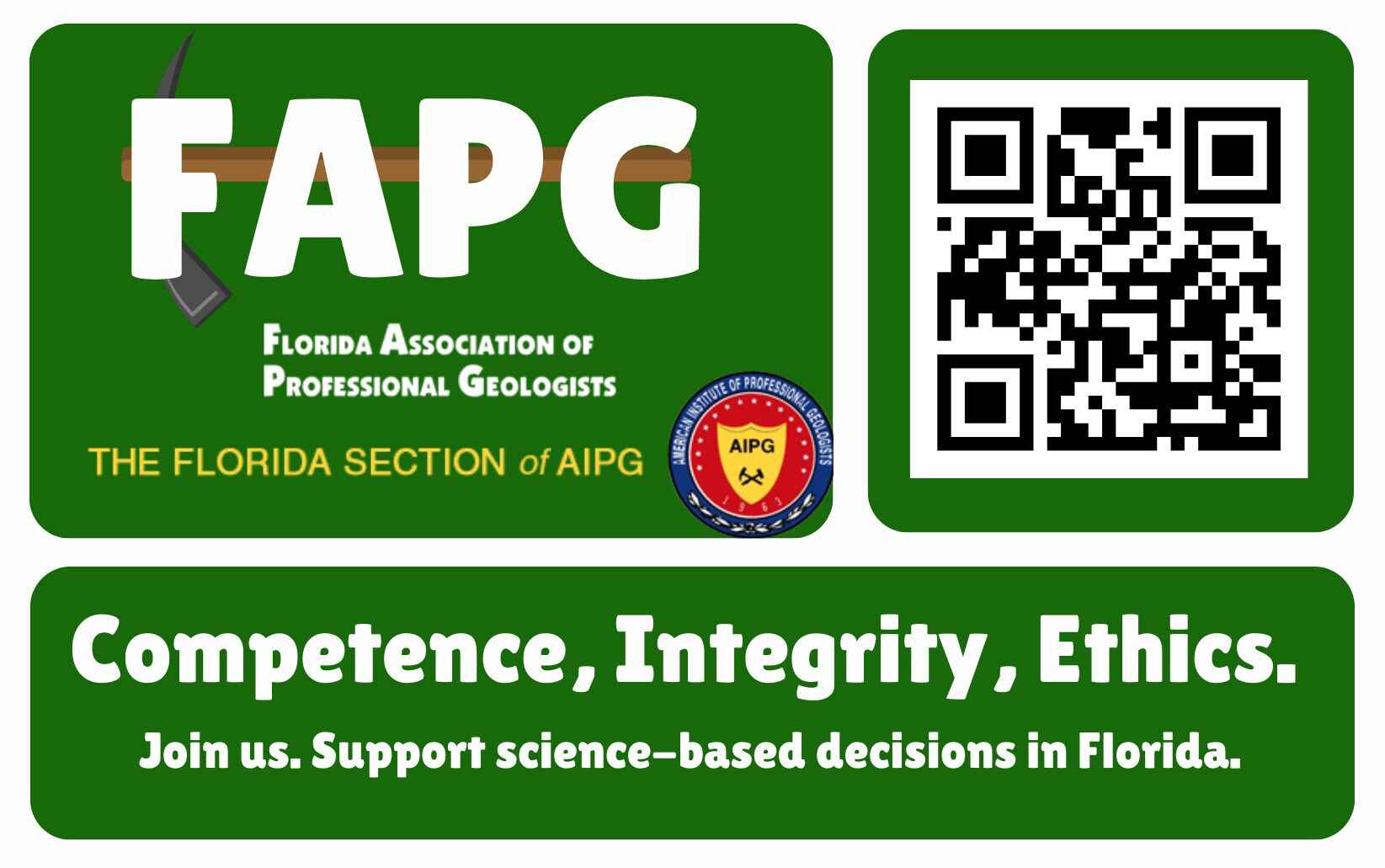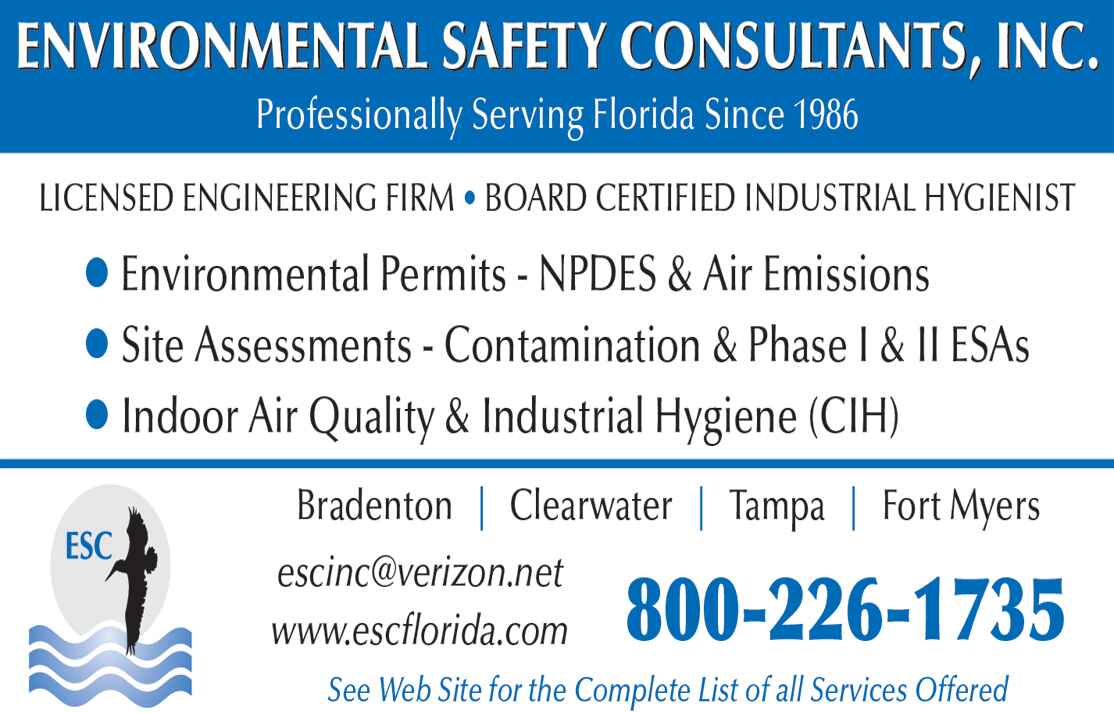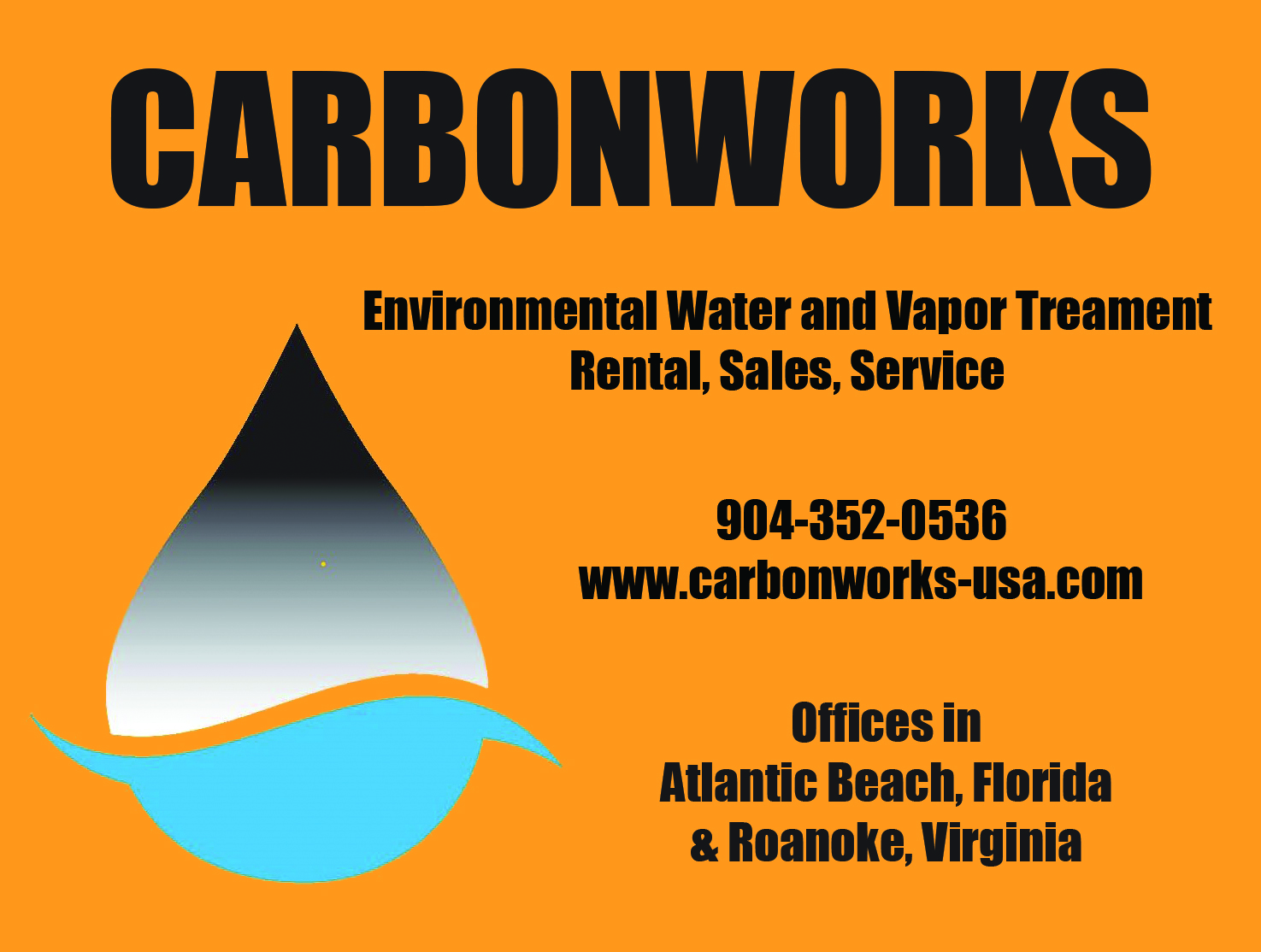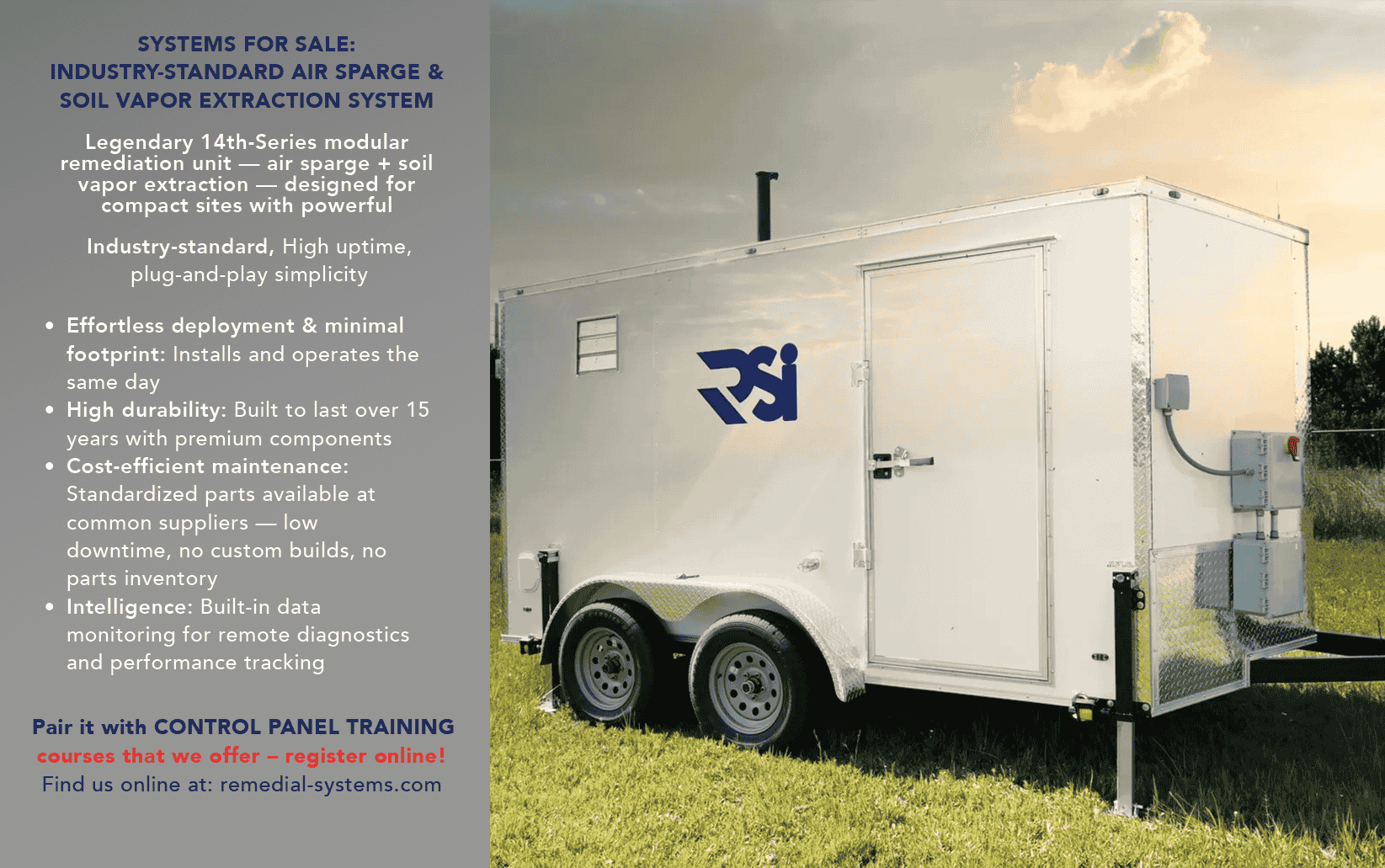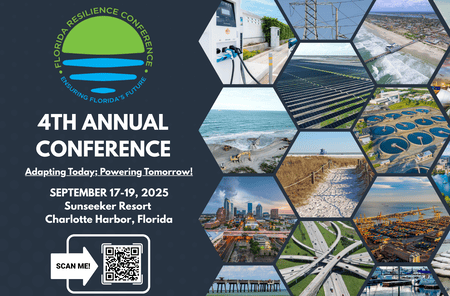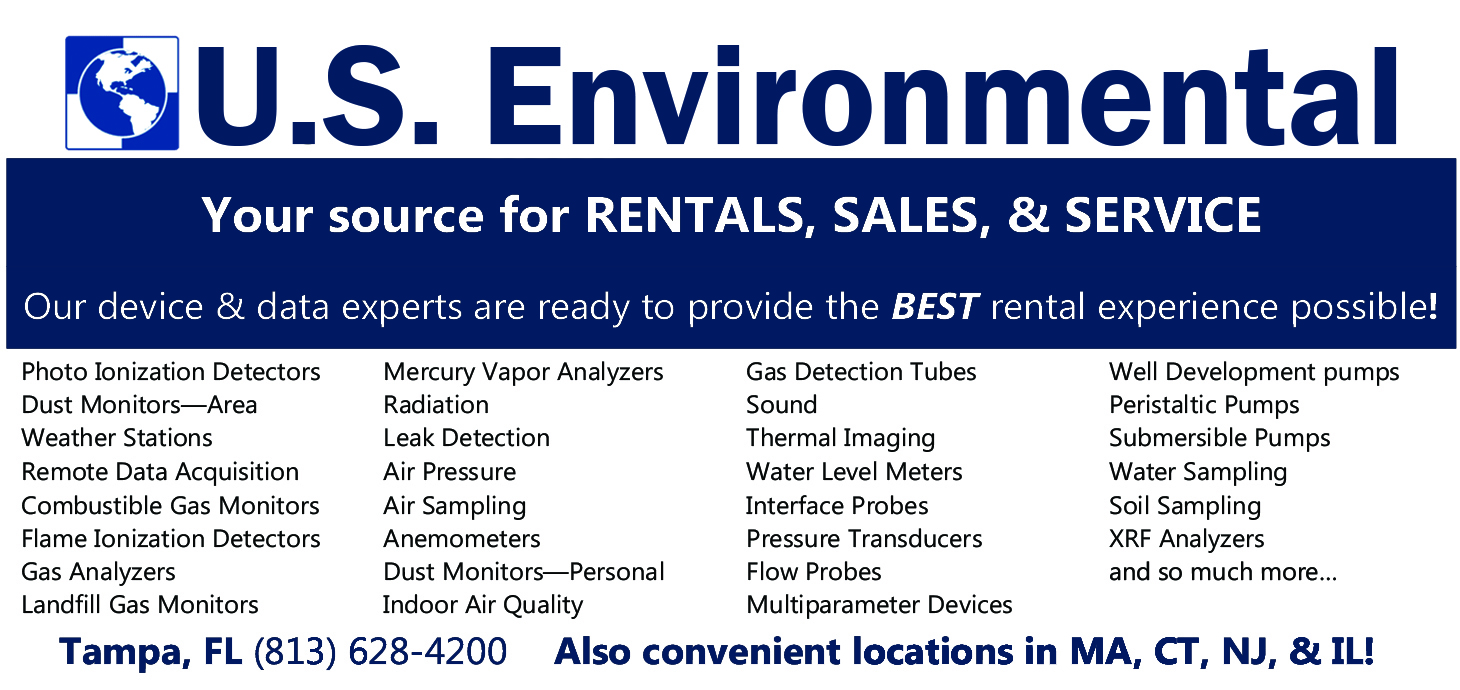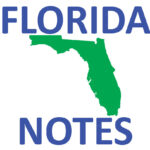
St Johns Riverkeeper Assesses River Grasses
The St. Johns Riverkeeper (SJRK) recently completed the first field visit for Year 3 of the SAVe Our River’s Grasses Expedition. The program is a continuing effort to characterize the alarming decline of submerged aquatic vegetation (SAV) in the St. Johns River.
The SJRK team surveyed an 80-mile section of the river between Doctors Lake and Lake George, documenting remaining grass bed locations, collecting water quality data, and identifying potential restoration strategies for this critical habitat.
To enhance the understanding of SAV dynamics and test practical recovery methods, SJRK Riverkeeper, the Coastal Conservation Association, and Mighty River Recovery have undertaken the Submerged Aquatic Vegetation (SAV) Protective Enclosure Project to install small-scale SAV exclusion enclosures at ten designated sites in the study segment. Nine enclosures have been installed, and the final enclosure is expected to be completed this summer.
The exclusion enclosures are designed to shield SAV from grazing and other environmental stressors allowing researchers to monitor regrowth potential under controlled conditions. They are intended to generate site-specific data to inform future restoration strategies and assess the potential for natural SAV expansion under reduced grazing conditions.
SJWMD Hosts Water Resources Delegation from Taiwan
The St. Johns River Water Management District recently hosted a water resources delegation from Taiwan at the District’s headquarters in Palatka. The professional exchange focused on
water conservation, remote sensing, and sustainable resource management. Dr. Jasmeet Judge, Director of the University of Florida’s (UF) Center for Remote Sensing coordinated the exchange with the District.
The similar climate conditions between Taiwan and Florida informed the exchange. Both lie near the Tropic of Cancer and experience humid subtropical to tropical climates with hot summers, mild winters, and intense wet seasons. Each is vulnerable to seasonal storms — typhoons in Taiwan and hurricanes in Florida — which bring flooding, storm surge and infrastructure strain. The District recognizes the shared challenges underscore the value of international collaboration on strategies for resilience and sustainable water management.
“When we share science across borders, we multiply impact,” said Kimberli Ponzio, environmental scientist V at the St. Johns River Water Management District. “This exchange with Taiwan is longstanding — over 20 years — and isn’t just about showcasing projects. It’s about connecting people who care deeply about water, wetlands, and resilience. Every visit, every conversation, strengthens the global network of environmental stewards.”
St Johns River WMD focuses on the Crescent Lake Conservation Area
SJRWMD recently reached out to the public focusing on the Crescent Lake Conservation Area, which plays a key role in local water management. The 3,528-acre conservation area near Seville in Volusia and Putnam counties is composed largely of wetlands.
Sawgrass marshes, shallow wetlands, and a small lake on the property help slow and store water during periods of heavy rainfall, reducing downstream flow and supporting surrounding ecosystems. As water moves across the landscape, wetland plants and soils naturally filter out nutrients and pollutants before they reach the St. Johns River.
SJRWMD has preserved and managed the property for more than three decades. The area is home to a wide variety of wildlife including black bears, gopher tortoises, bald eagles, and wood storks. Visitors can explore more than four miles of multi-use trails, open to hikers, cyclists, and horseback riders. Picnic pavilions and reservable campsites are also available.
City of Orlando Testing New Technology at Water Reclamation Facility
The City of Orlando is launching a 90-day pilot program to test a treatment system for removing contaminants from wastewater. The pilot is being undertaken in partnership with 374Water through a Clean Water State Revolving Fund grant funded by the U.S. Environmental Protection Agency.
The project will use supercritical water oxidation technology designed to break down harmful contaminants into carbon dioxide, water, and minerals. It is expected to provide insights into future wastewater treatment practices nationwide.
South Florida Water Management District Finalizing 2025 Draft Sea Level Rise and Flood Resiliency Plan
SFWMD is wrapping up comments on their 2025 Draft Sea Level Rise and Flood Resiliency Plan. The plan features regional resiliency projects and outlines the District’s approach to reducing the risks of flooding, sea level rise, and other climate impacts on water resources and water management infrastructure.
The 2025 plan describes efforts to strengthen the resiliency of communities, the economy, and ecosystems in South Florida and includes an interactive map making it easier to find project locations and relevant information. View the Draft 2025 Sea Level Rise and Flood Resiliency Plan Map.
FSU Florida Climate Center classifies Florida among the most exposed states in the country to sea level rise and coastal storms. The District is a leader in resiliency planning and actively
collaborates with stakeholders, local governments, and experts to develop strategies and project plans to ensure critical flood control infrastructure can effectively adapt to changing conditions.
Two Florida State Parks Ranked Among the USA’s Best Beaches
The Florida Department of Environmental Protection (DEP) recently announced two Florida State Parks have been recognized among the best beaches in the nation on Dr. Beach’s Top 10 Beach List for 2025.
Delnor-Wiggins Pass State Park in Naples achieved the No. 4 slot while St. Andrews State Park in Panama City ranked No. 7. Both parks feature white sand, abundant wildlife and ample amenities for visitors and families.
The annual Top 10 Beach List is curated by coastal expert Dr. Stephen P. Leatherman, known as Dr. Beach, a professor at Florida International University. The famous list uses a consistent ranking system and has been released each Memorial Day weekend since 1991.
“Delnor-Wiggins Pass and St. Andrews are incredible natural treasures,” said Florida State Parks Director Chuck Hatcher. “We’re proud of the work our team has done to protect these beaches while ensuring they remain accessible for everyone to enjoy.”
Florida State Parks has for the unprecedented fifth time been named a finalist for the 2025 National Gold Medal Award for Excellence in Park and Recreation Management. The award is administered by the American Academy for Park and Recreation Administration in partnership with the National Recreation and Park Association. The award recognizes the best state park systems in the U.S. The winner will be announced in September.
Lake Apopka Wildlife Drive Celebrates 10th Birthday
The St Johns River WMD recently celebrated the 10th birthday of the Lake Apopka Wildlife Drive. The one way, 11-mile drive winds through the Lake Apopka North Shore restoration area transversing a network of wetlands, levees and canals. The drive takes roughly an hour to complete and offers the public a rare opportunity to experience nature up close from the comfort of their car.
The area receives 200,000 visitors a year and is one of Florida’s premier birding destinations and is home to a wide array of wildlife. The 20,000 acres comprising the Lake Apopka North Shore were once part of the lake itself.
Lake Apopka was a world-class bass fishery in the 1940s with 21 fish camps serving as one of Florida’s first national tourist attractions. Wetlands were separated from the lake in 1941 by a levee decreasing the size of the lake from 50,000 acres to 30,000 acres to accommodate commercial farming.
The resulting impacts to the lake degraded its water quality and fisheries and led the lake to be named Florida’s most polluted large lake.
Lake Apopka is the state’s fourth-largest lake and is fed by spring, rainfall, and stormwater runoff. It is the headwaters of the Ocklawaha Chain of Lakes. The state began action to restore the lake designating its cleanup under the Surface Water Improvement and Management Act of 1987.
Nine years later, in 1996, the Legislature enacted the Lake Apopka Restoration Act, Section 373.461, Florida Statutes, to assist the District in accelerating the restoration of the Lake Apopka basin by funding the acquisition of agricultural lands and facilities impacting Lake Apopka.
Since the late 1980s, phosphorus concentrations have declined 69 percent and water clarity increased 93 percent in the lake as of the end of 2023.


